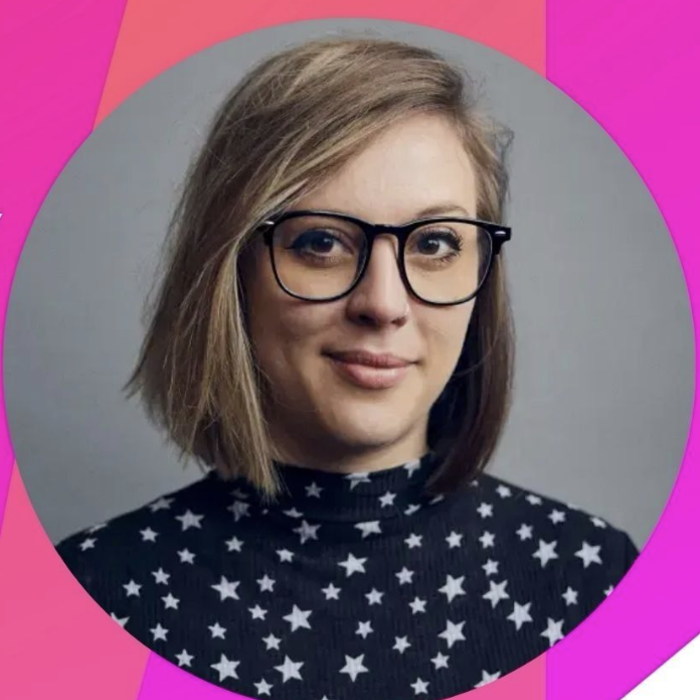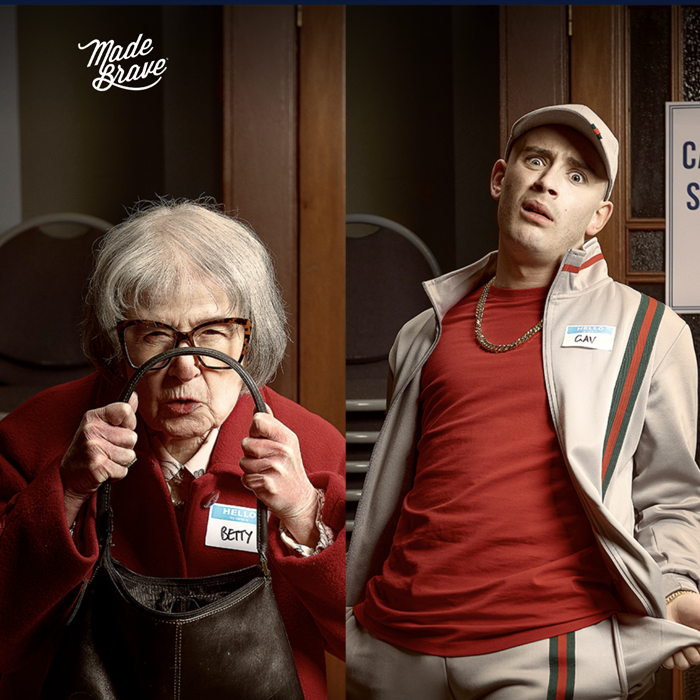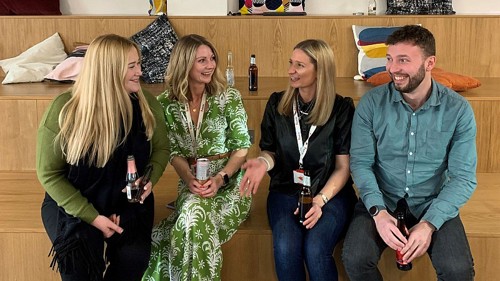The biggest pitfall to avoid?
Focusing On Delivery over thinking
Too often, brands and agencies focus on delivering holistically, rather than thinking holistically.
Just because you didn’t use every single channel doesn’t mean your strategy isn’t integrated. It might actually be better for it. The point is to make informed decisions.
I like to think of it like this:
“Marketing channels are tools in a toolbox”
Your challenge, your brief, is the mission. You don’t need to use every tool you’ve got to achieve it. Instead, rule tools in.
Ask, “Is there a good reason to use this?” If yes, it goes in. If not, leave it out... And this ties in closely with taking an audience-first approach. Be where your audience actually is





